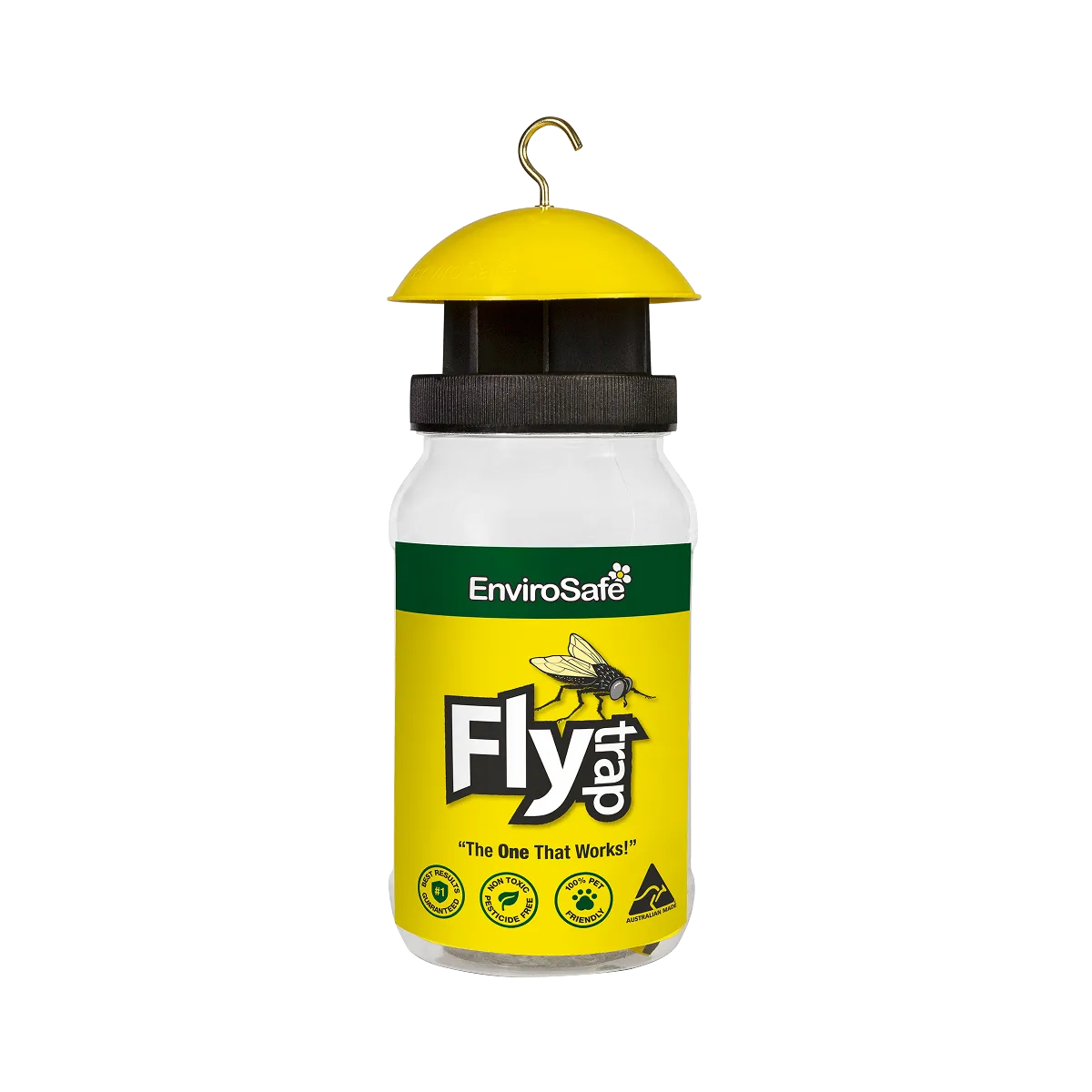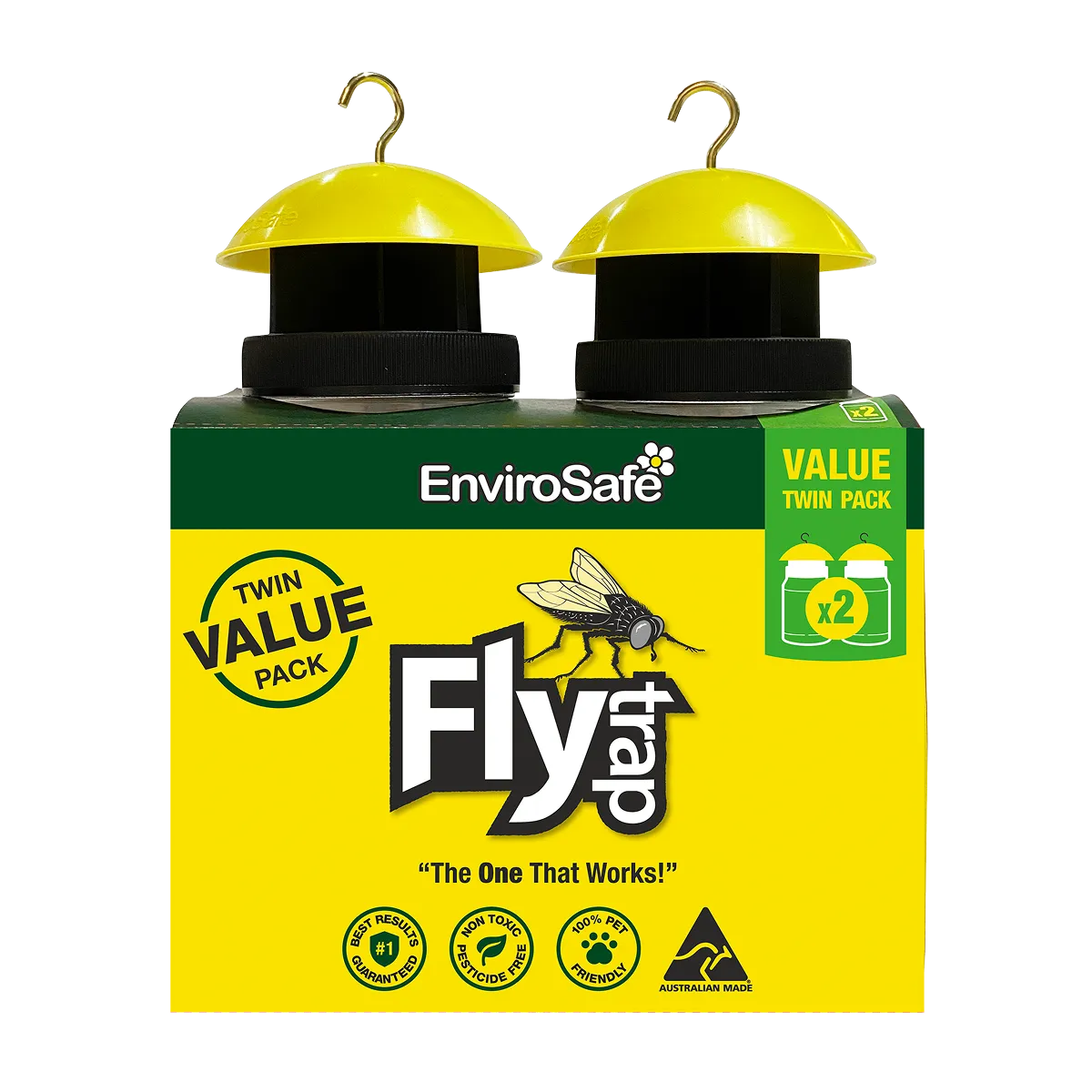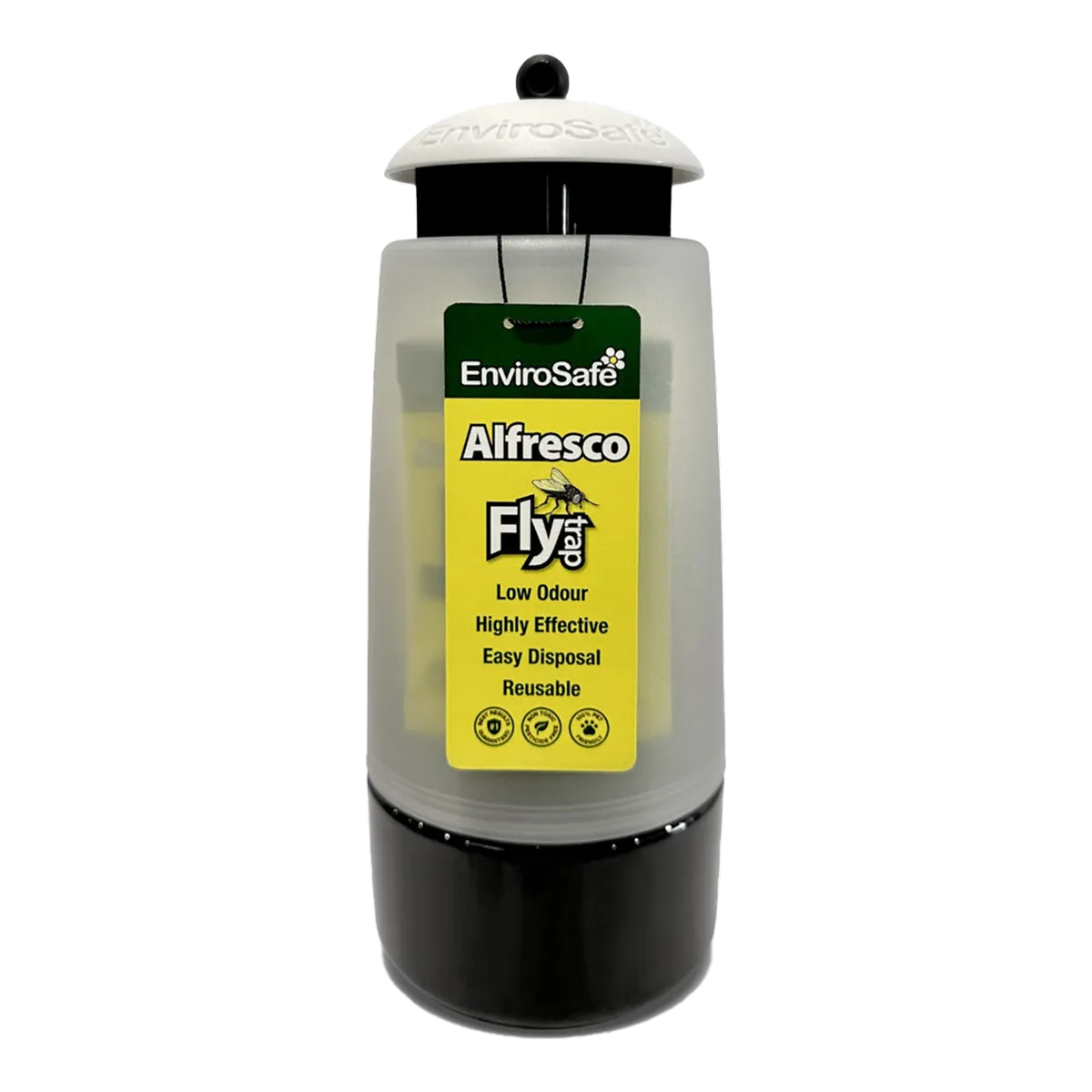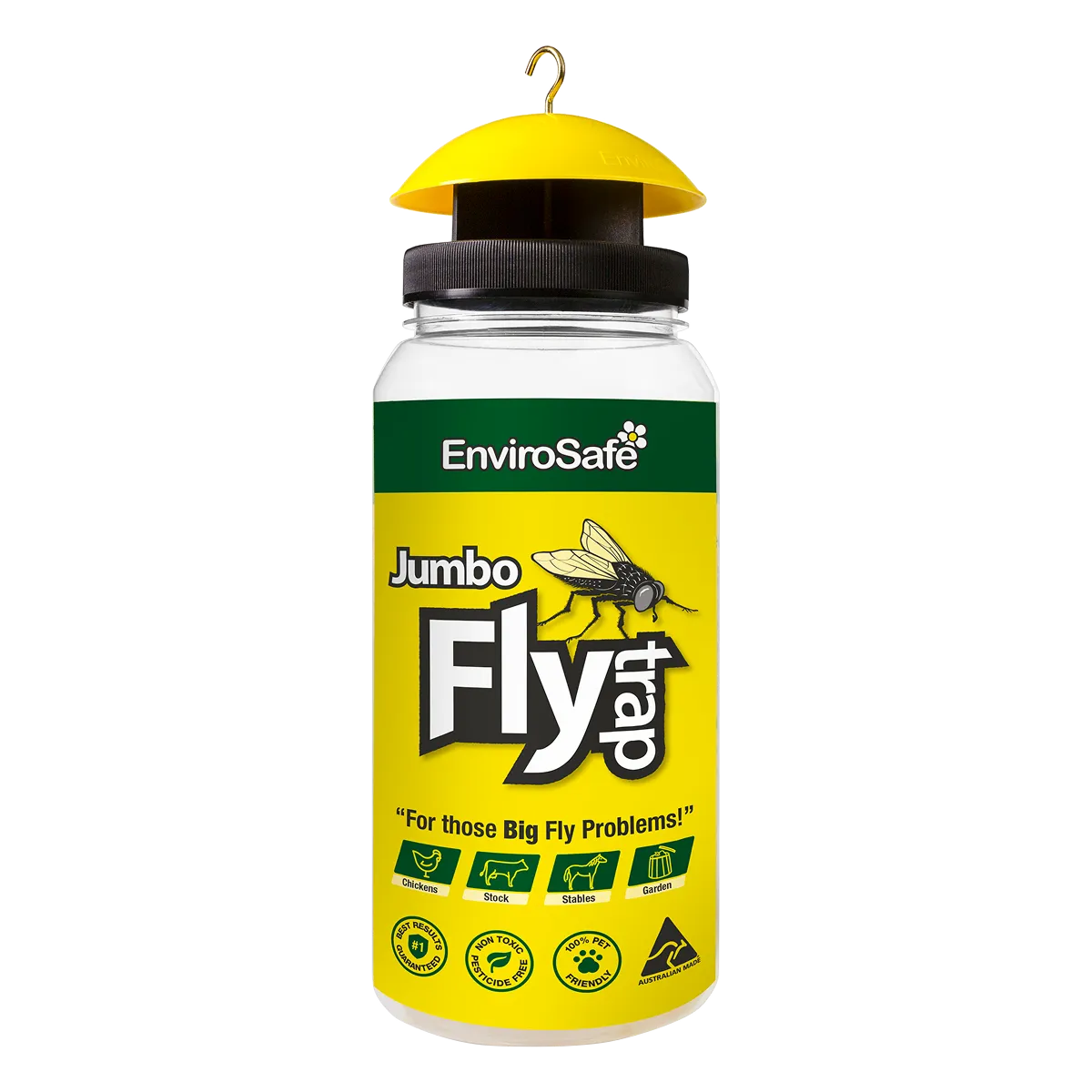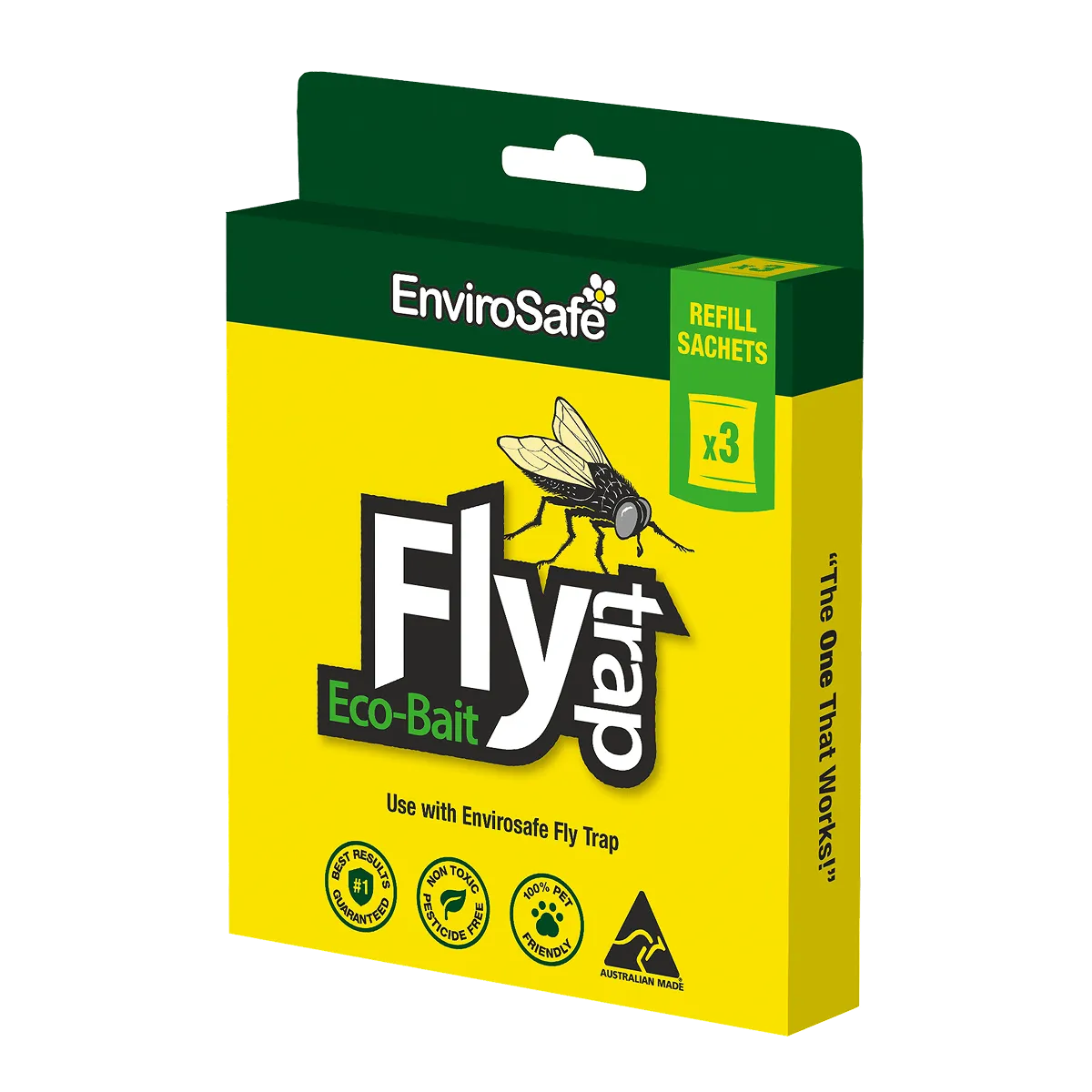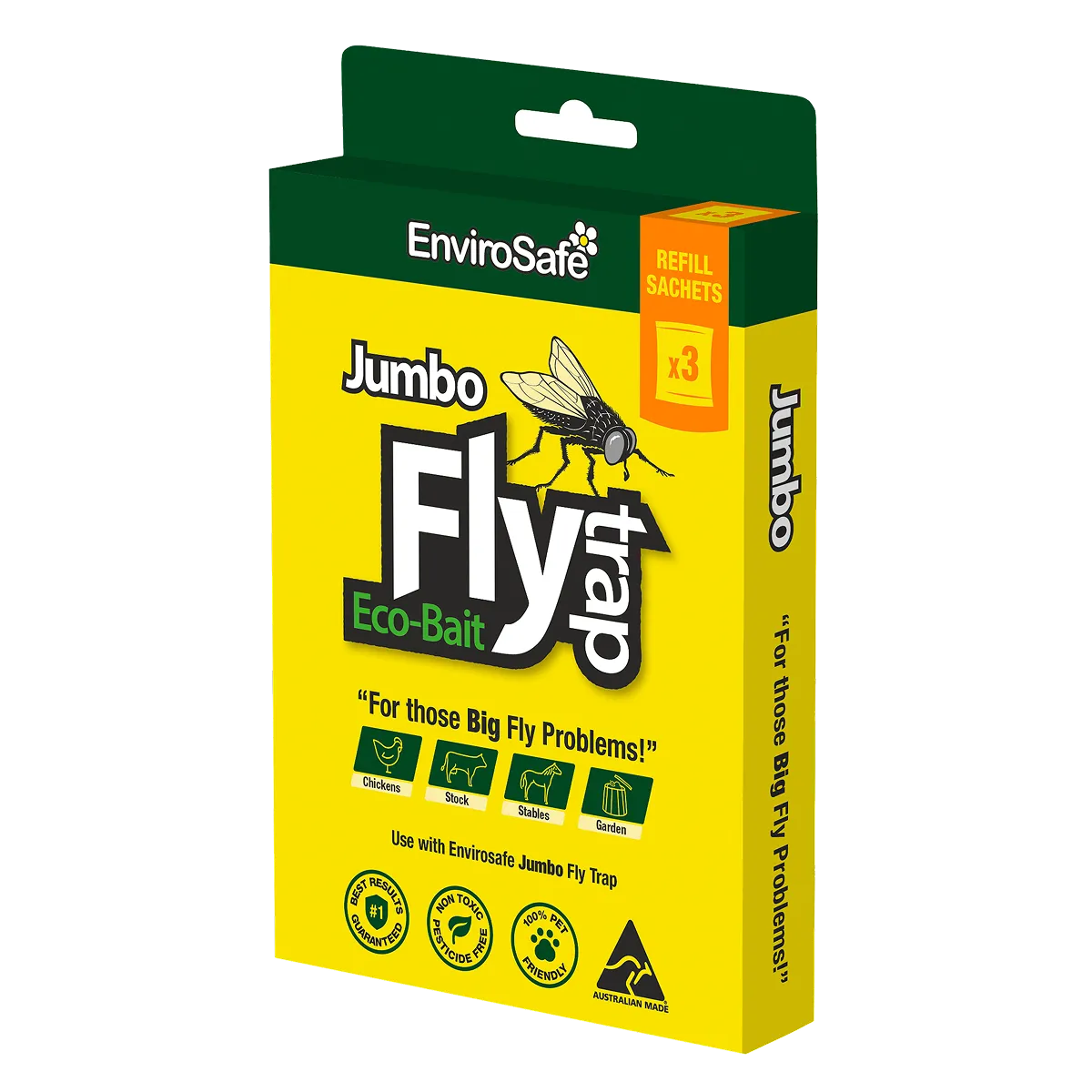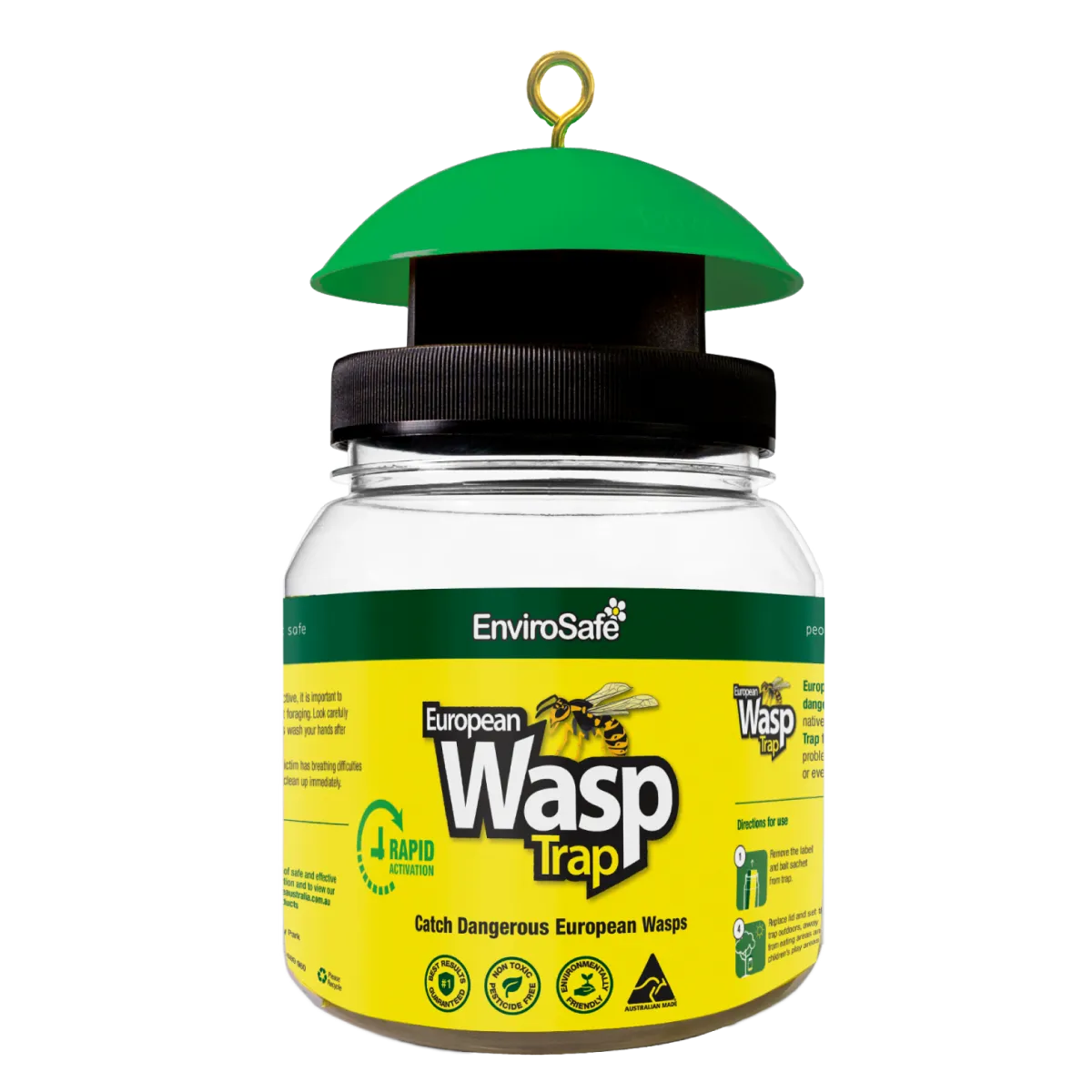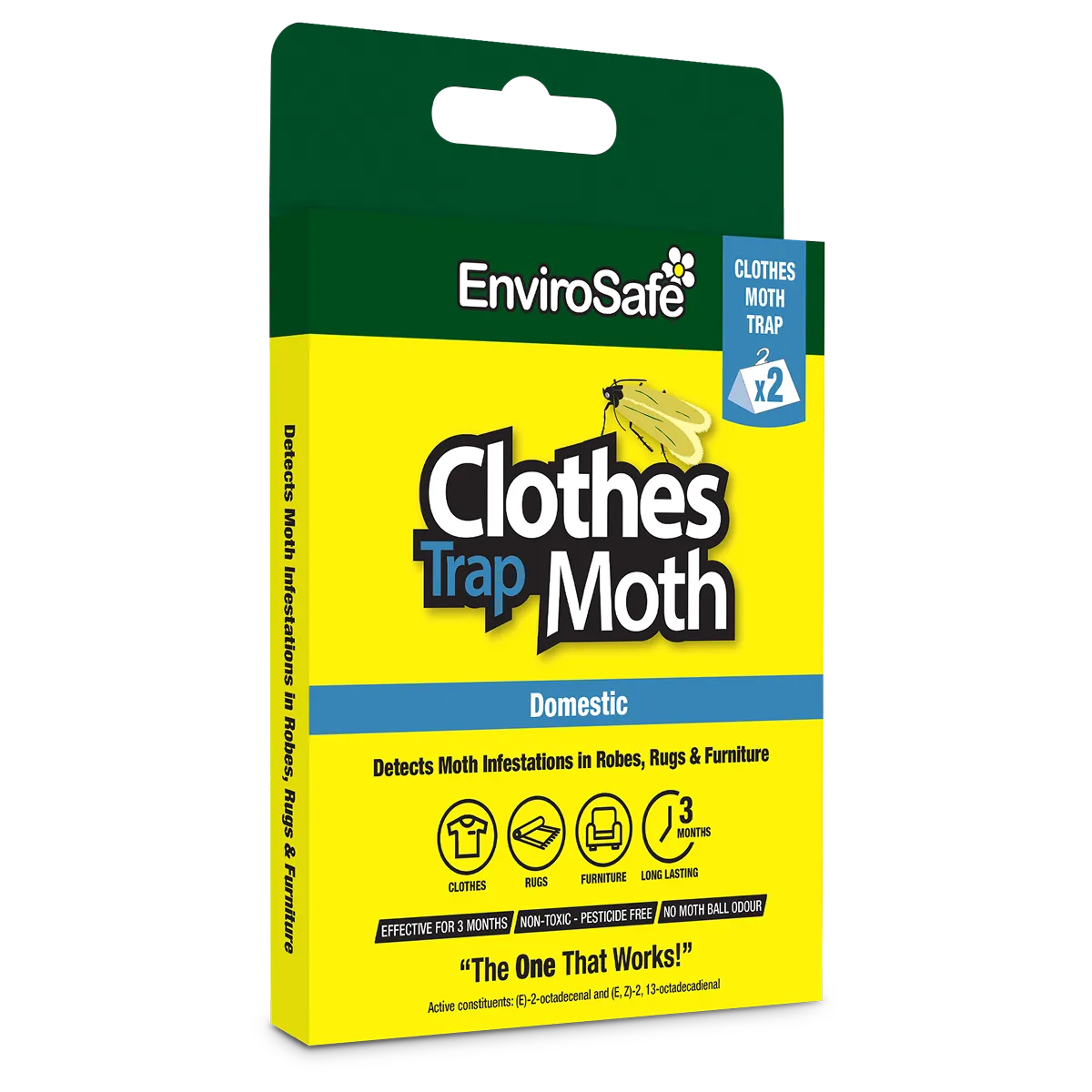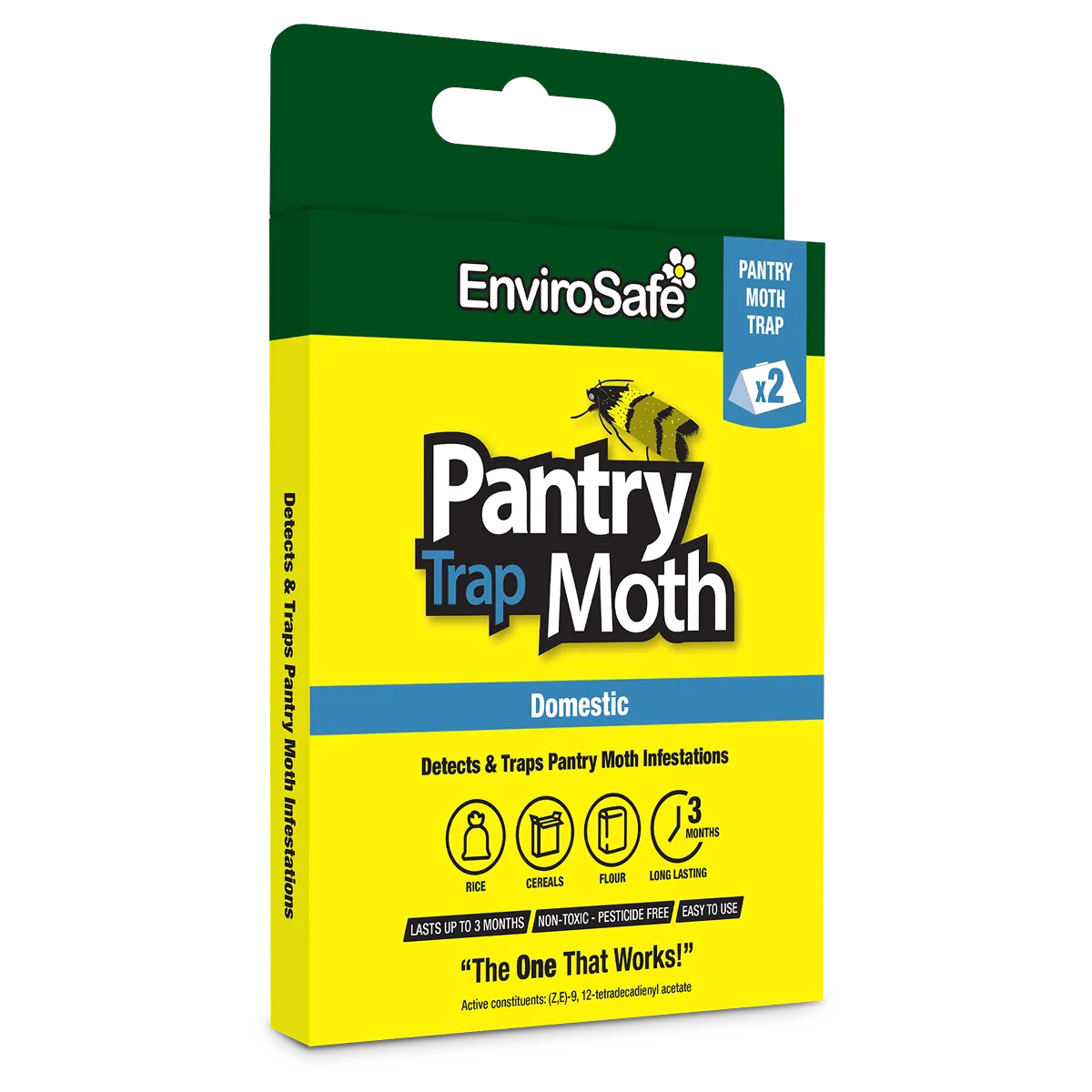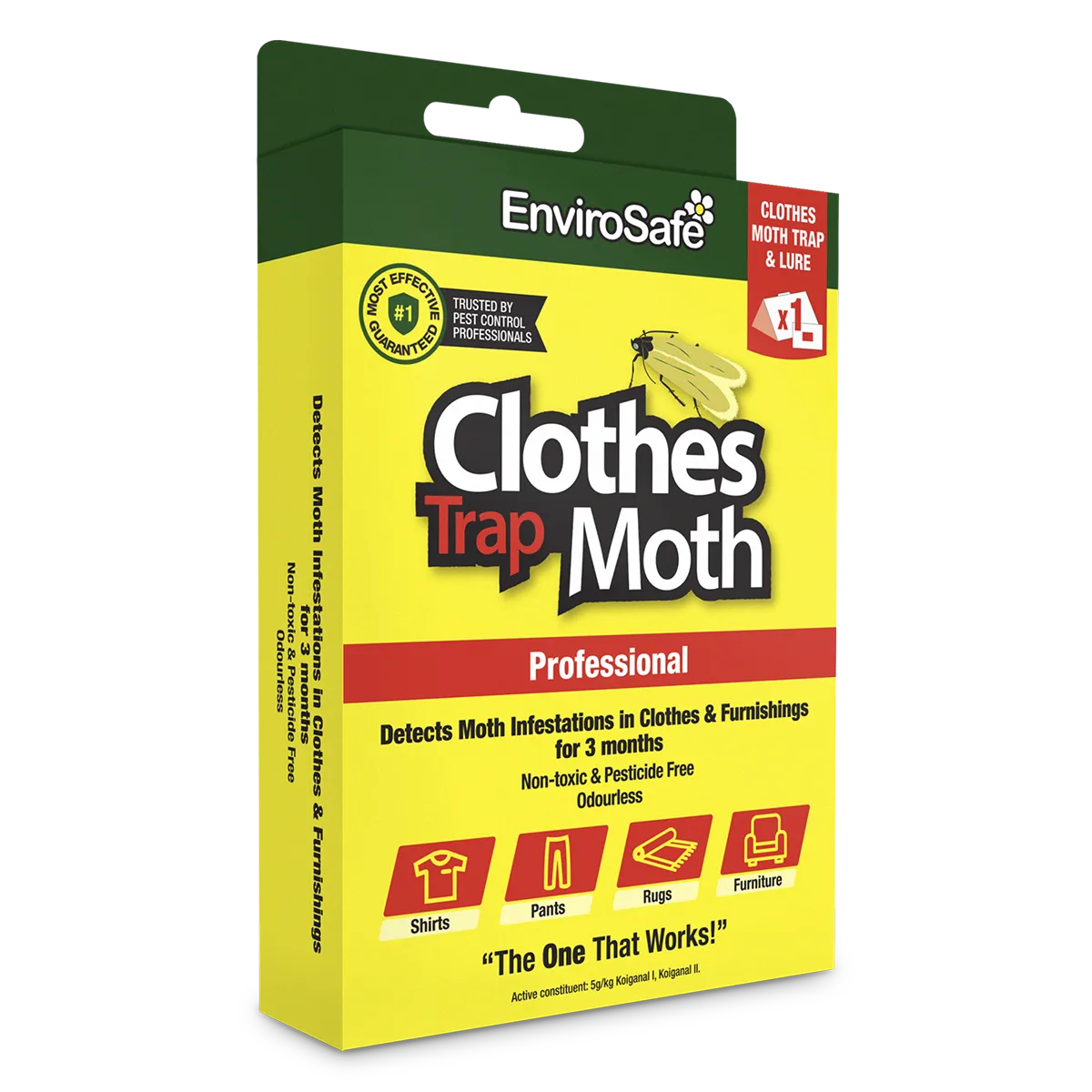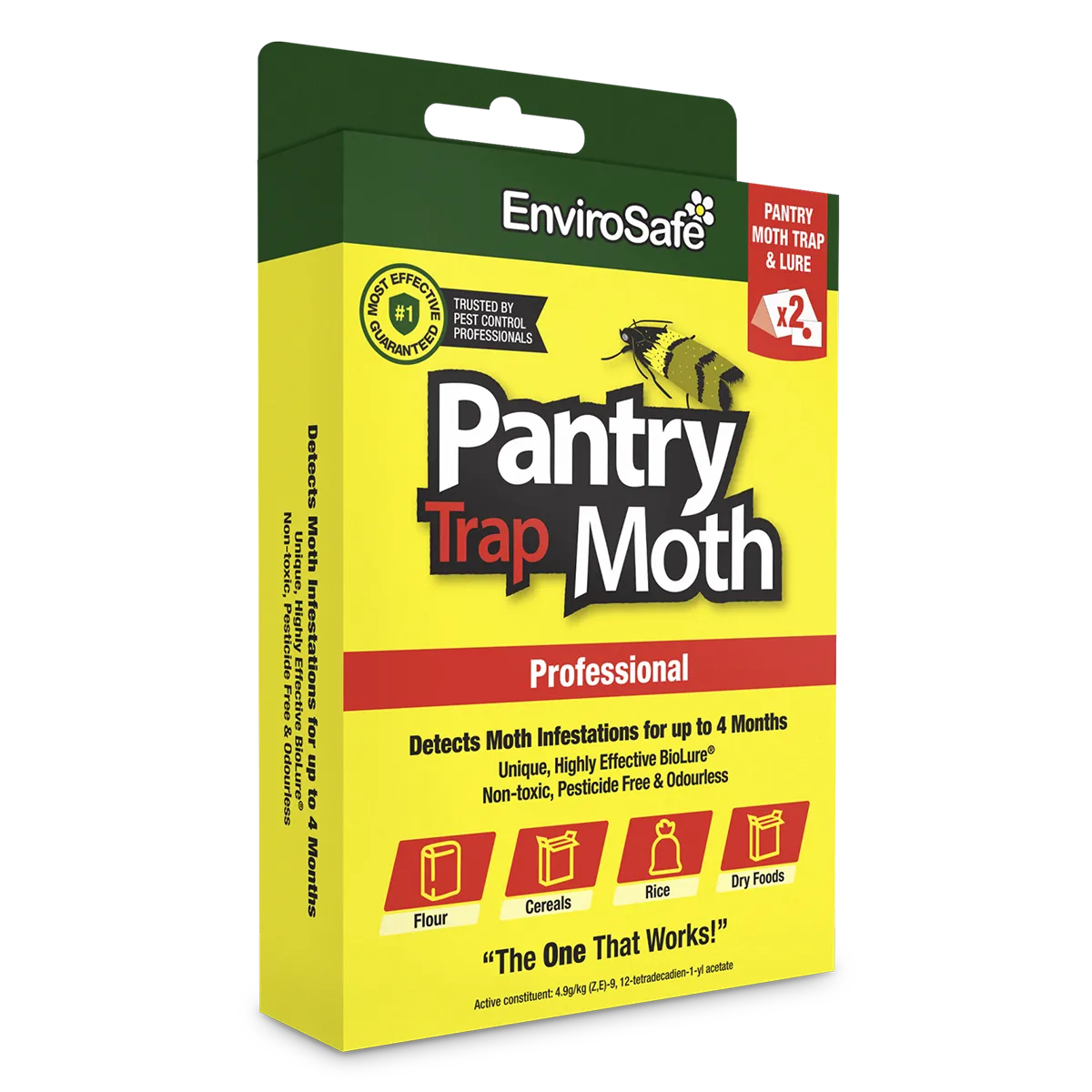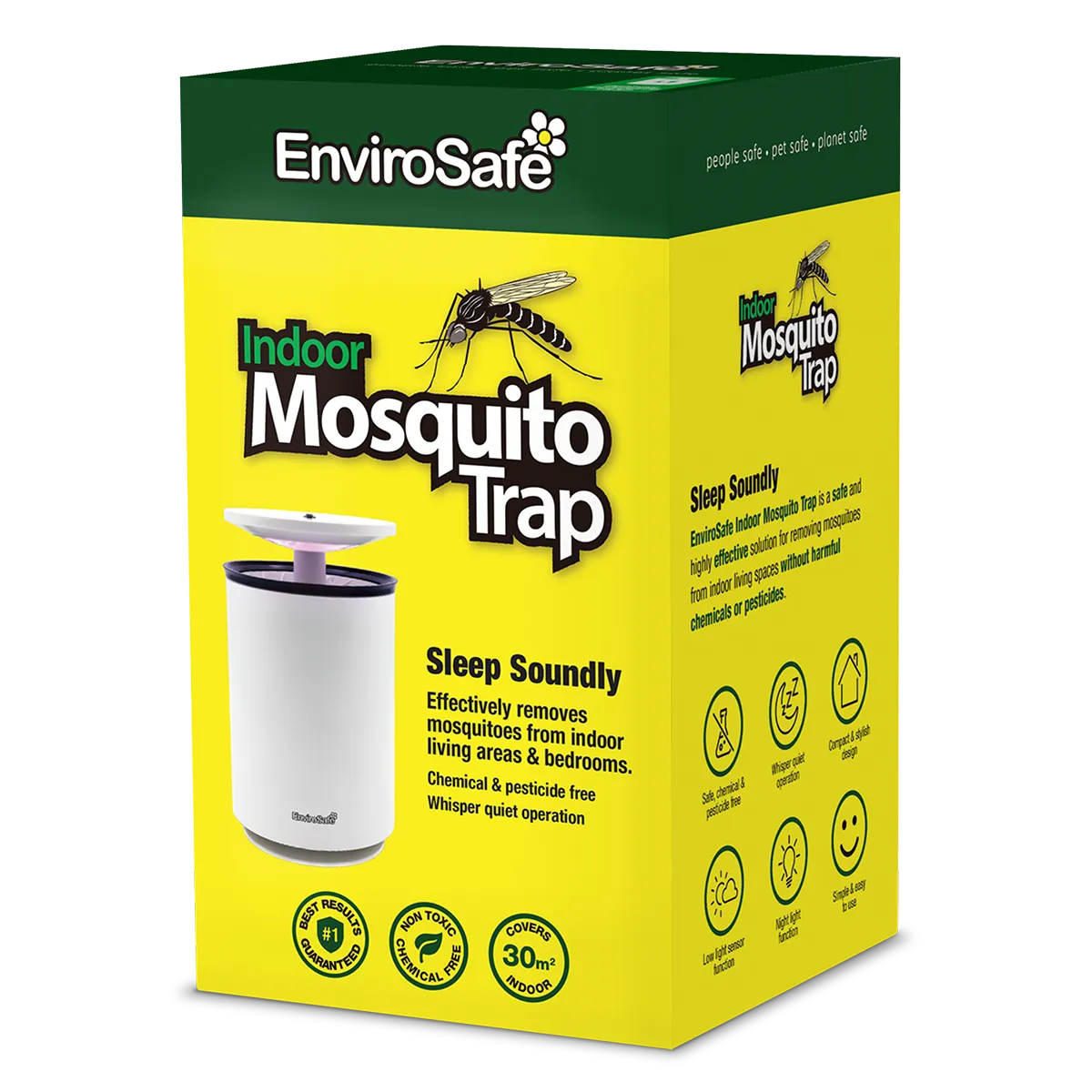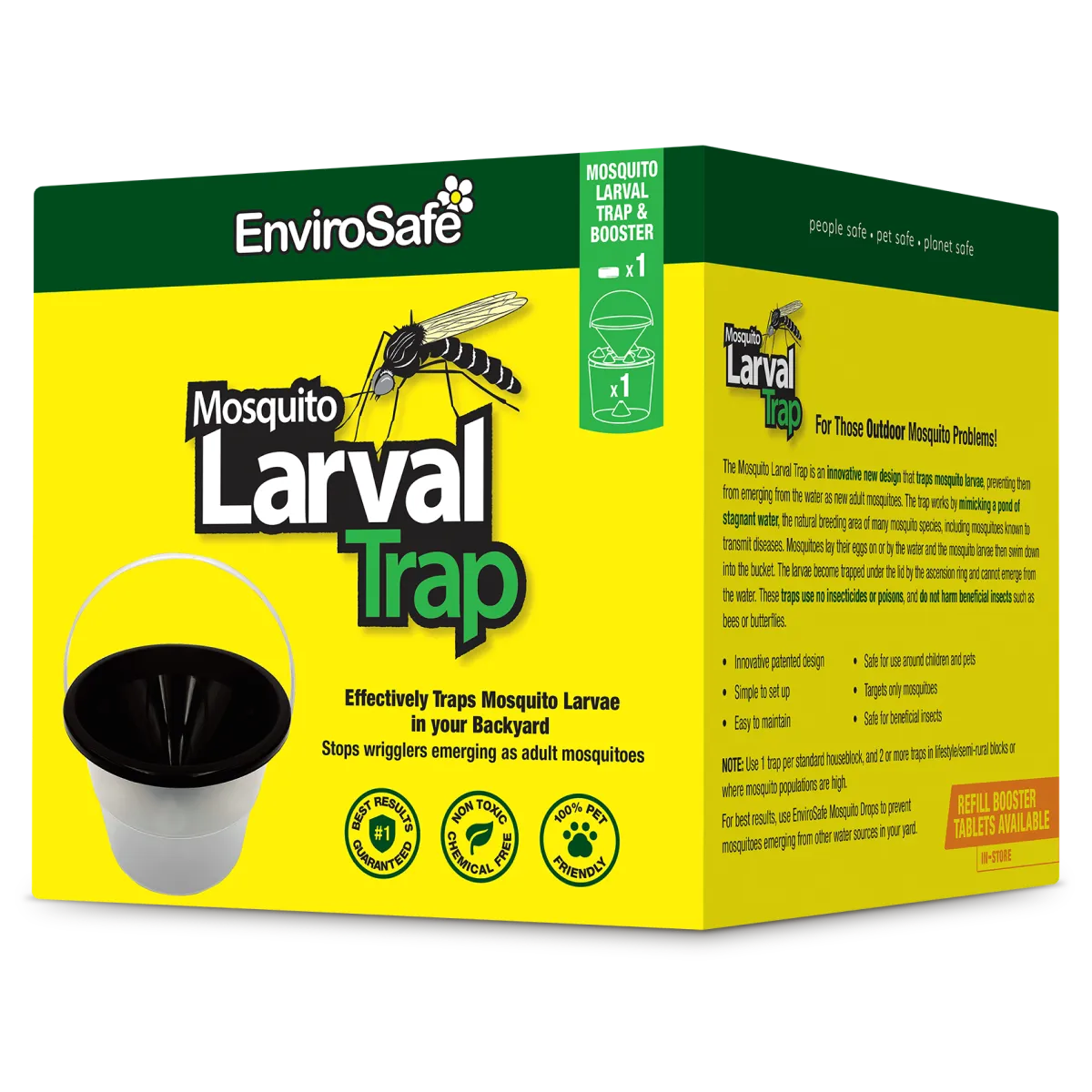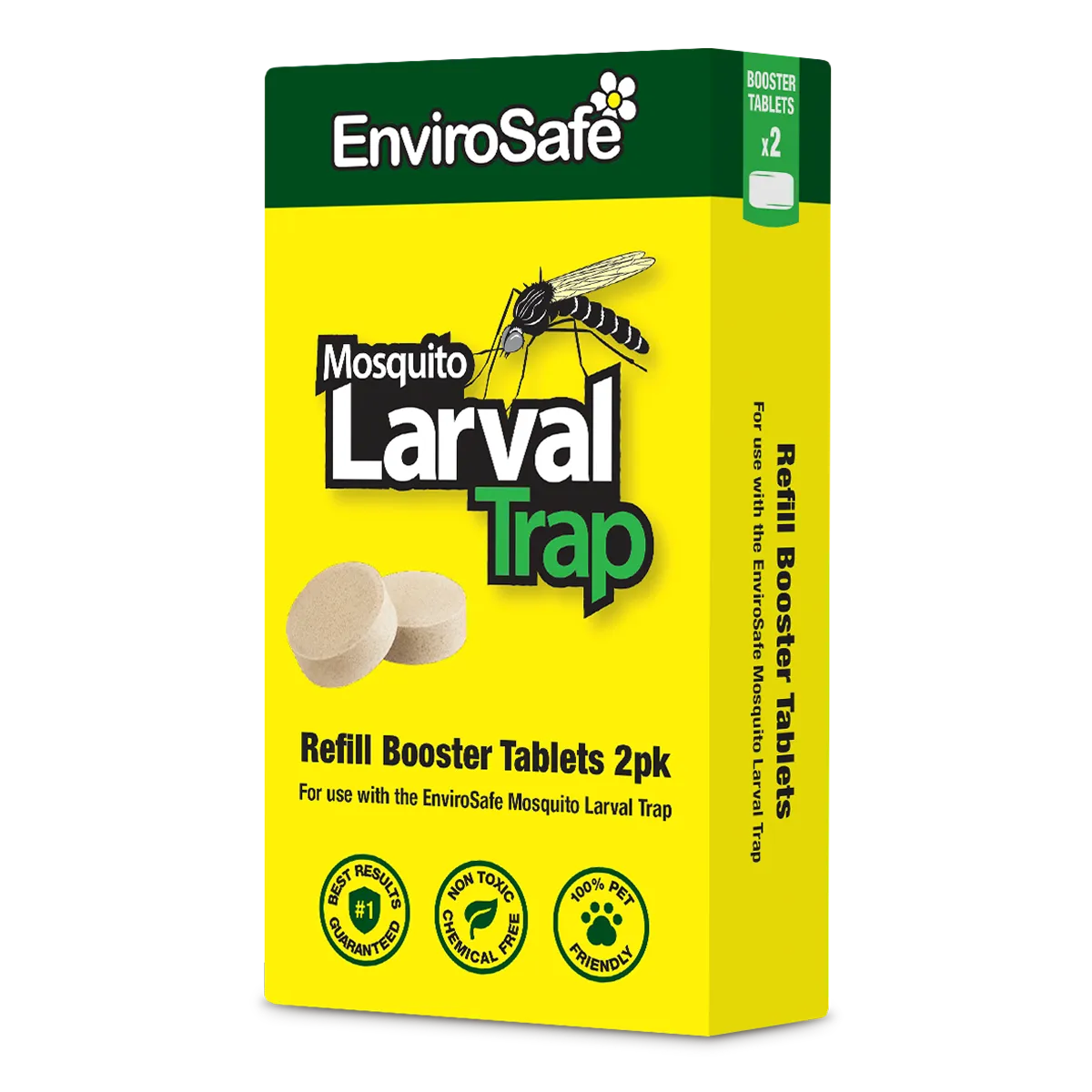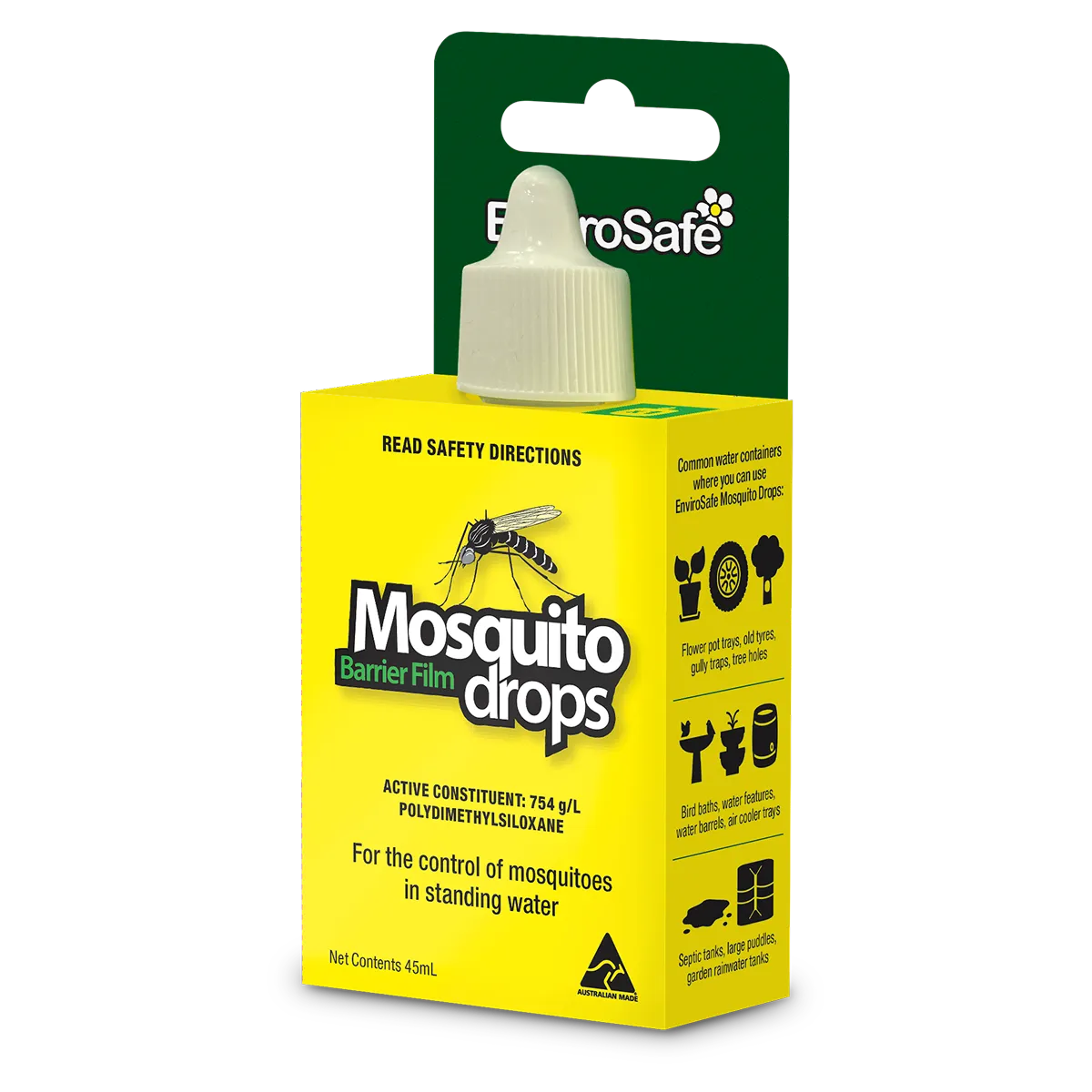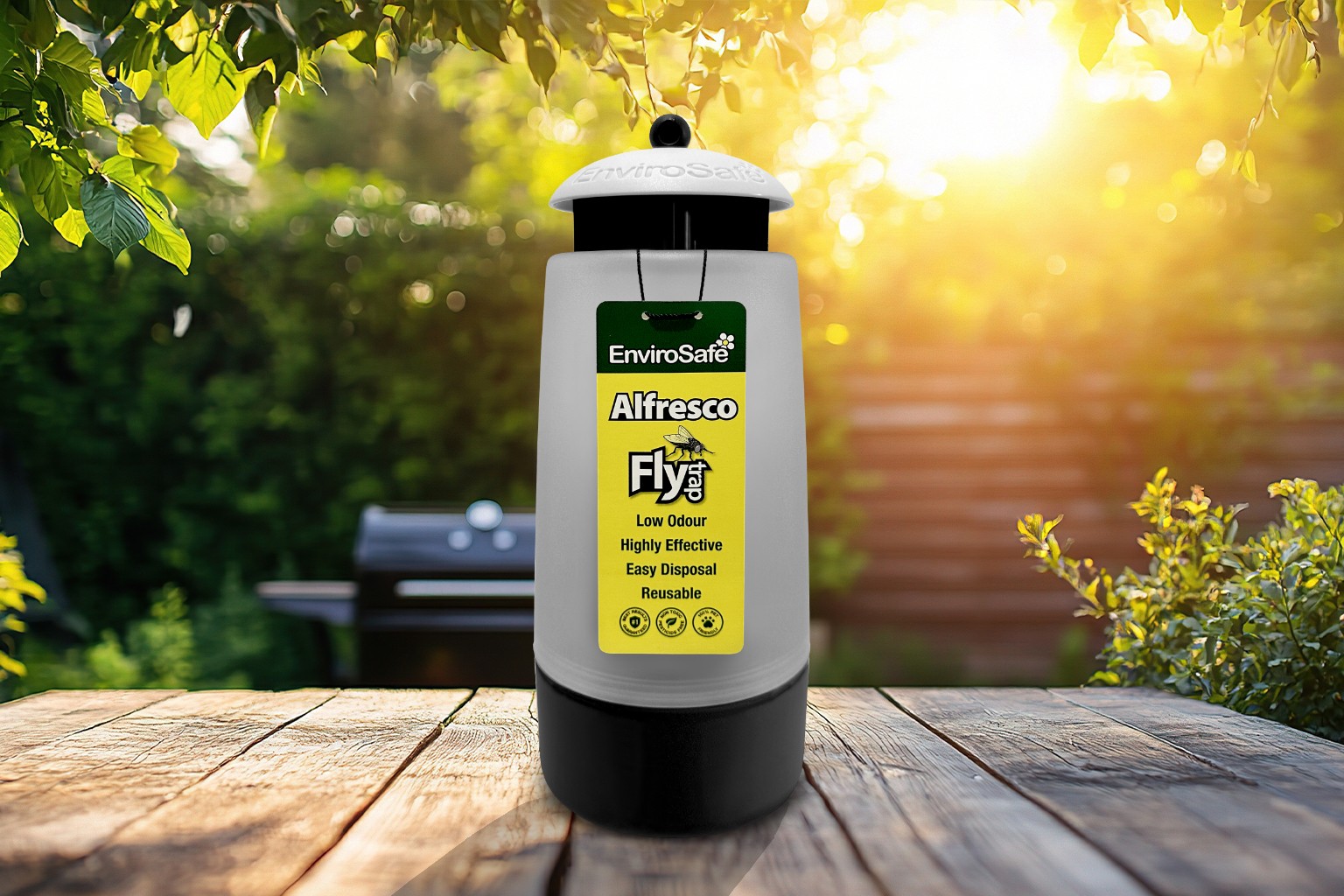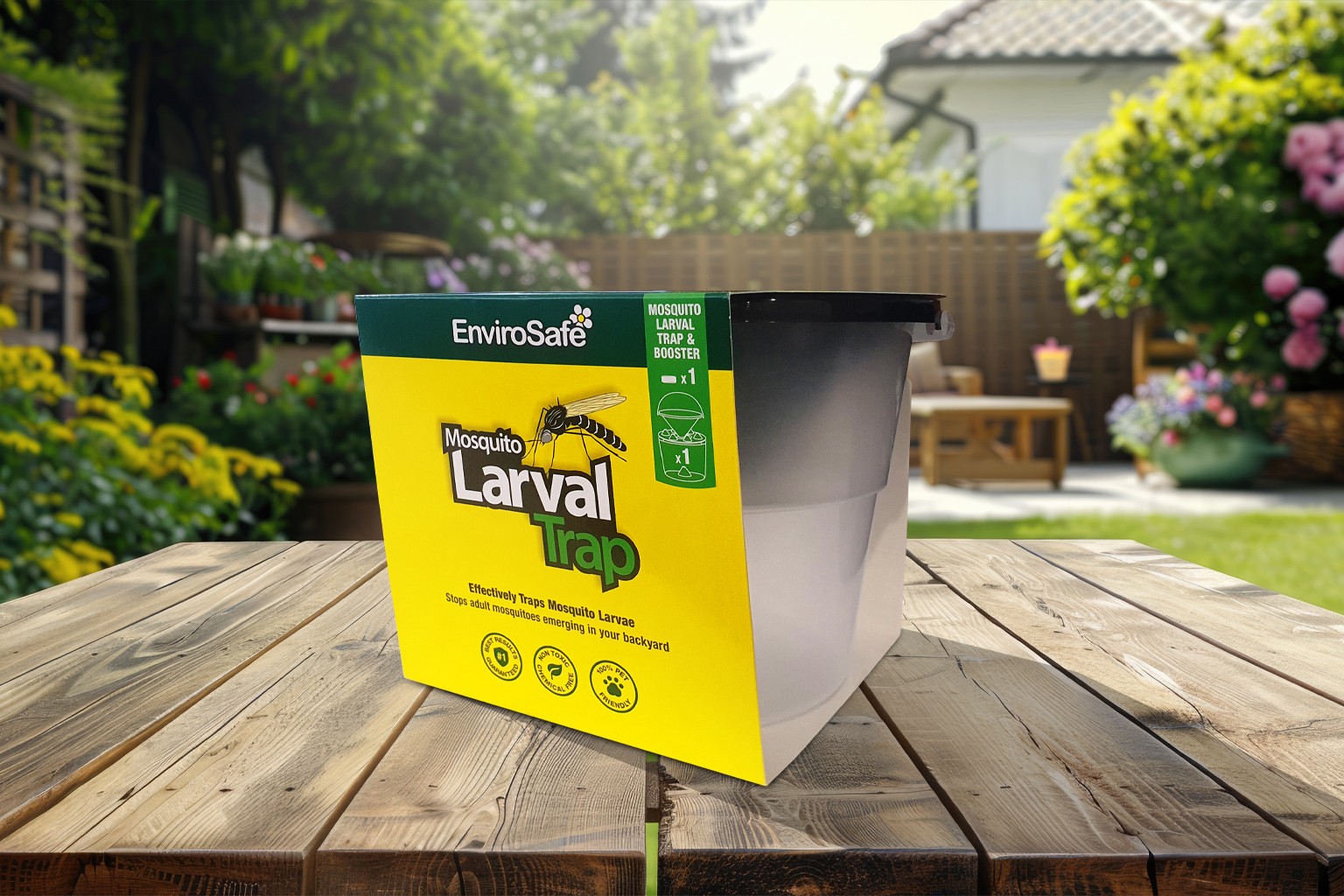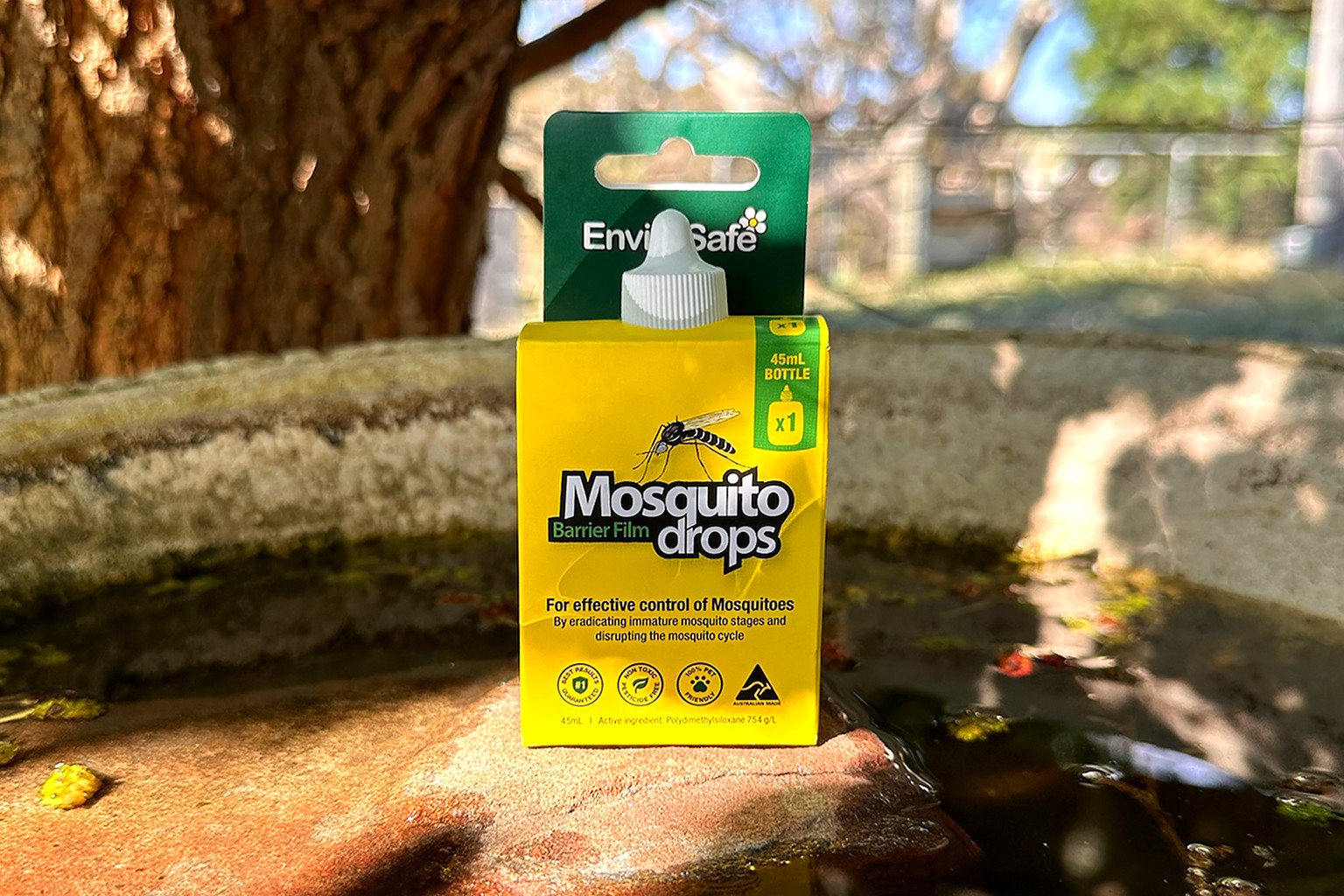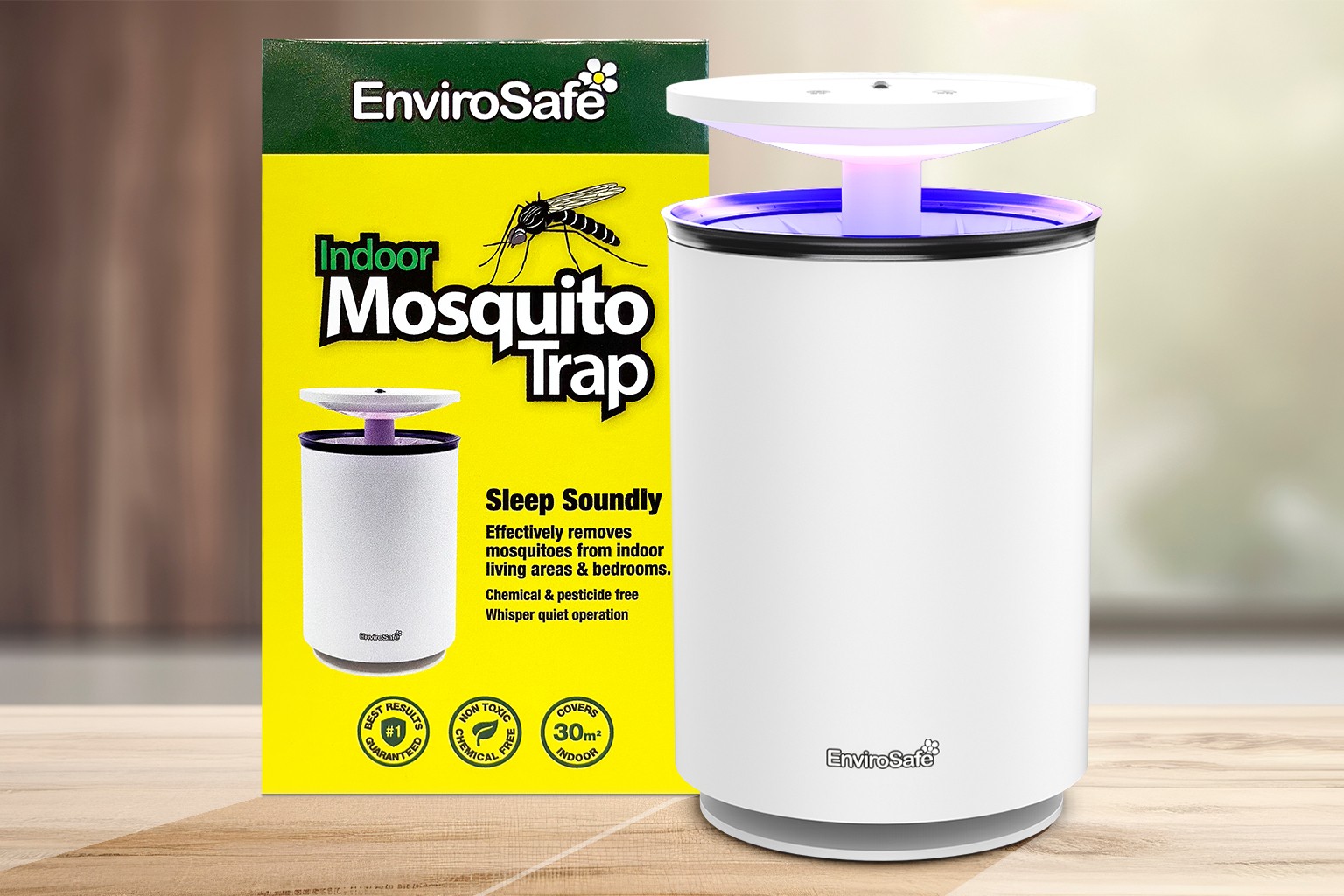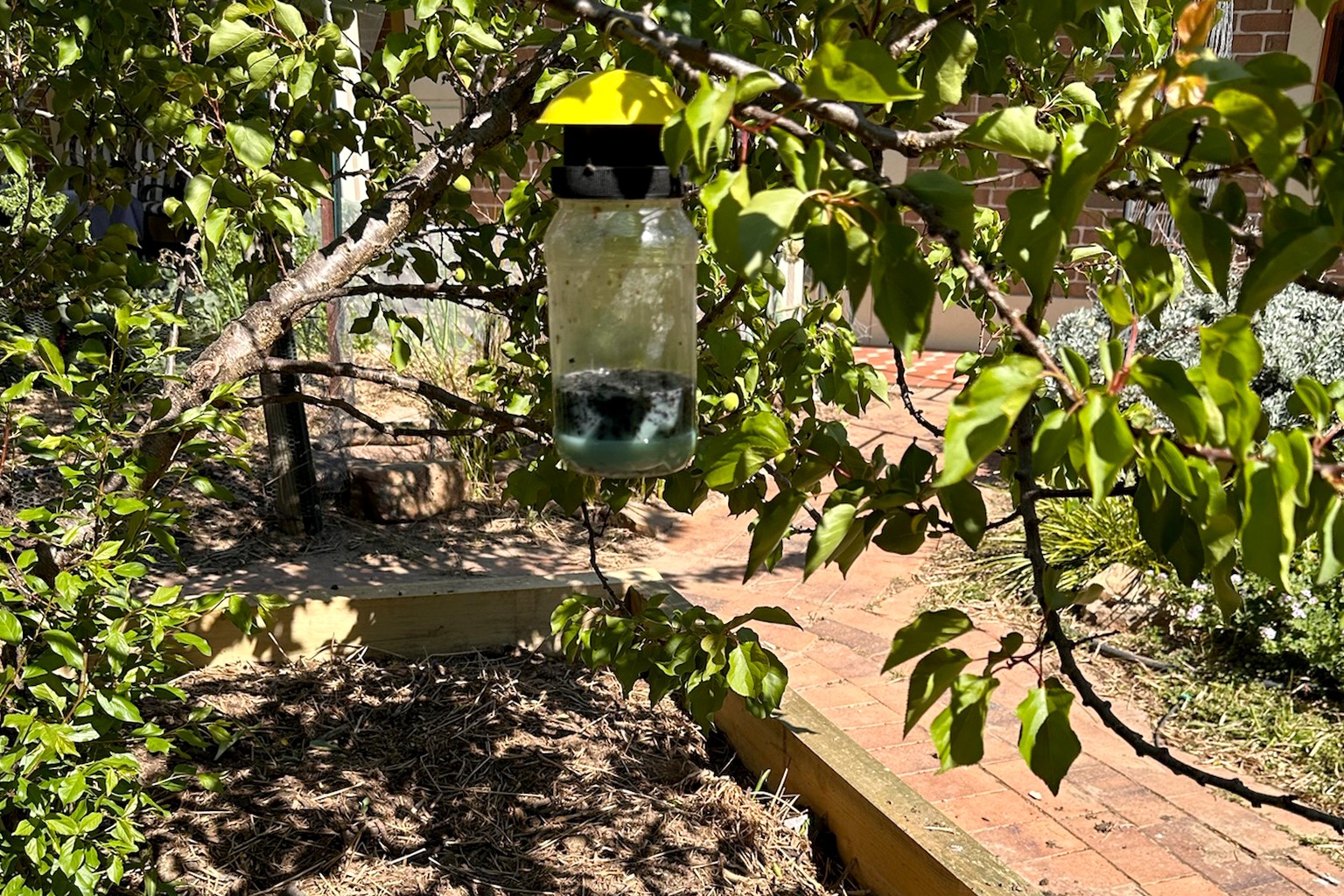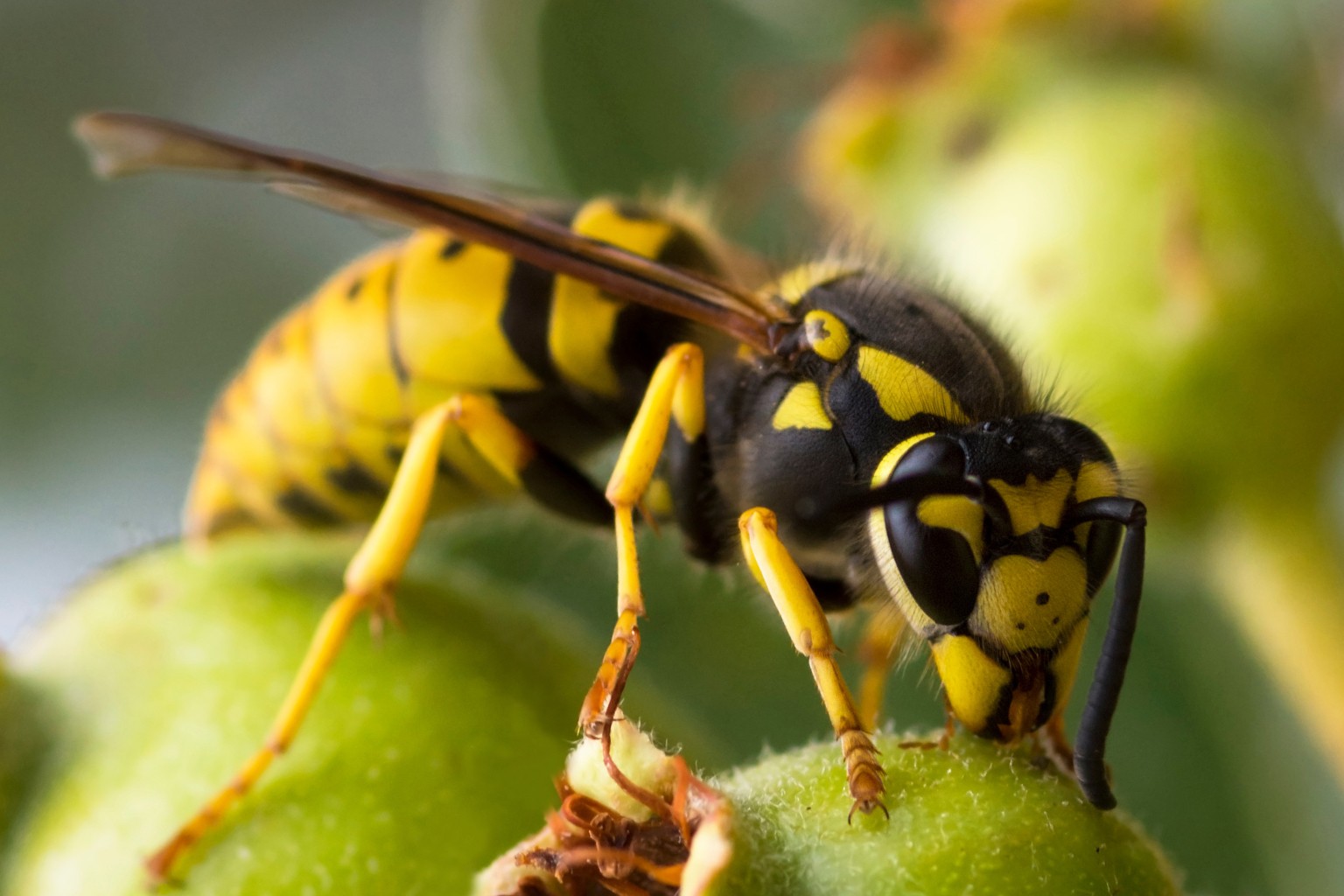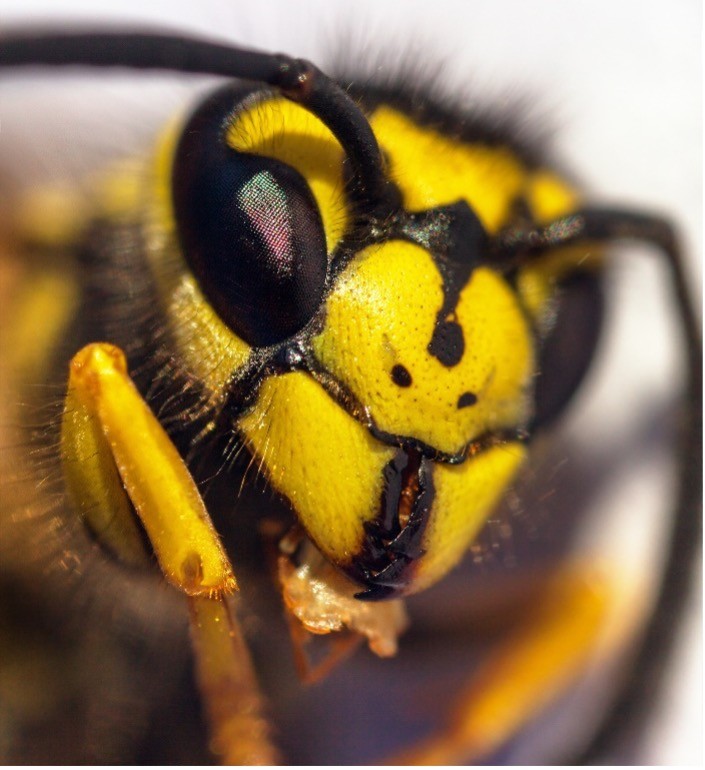Your chance to win an EnviroSafe cricket set!
Australia vs Flies
Enter the Australia vs Flies competition for your chance to win an EnviroSafe cricket set! Six winners will be announced every week for 13 weeks
Our Solutions
Got Flies?
Australia has the world’s most annoying flies, so we’ve made the most effective fly trap. It’s people safe, pet safe and planet safe.

Got Indoor Fruit Flies?
Indoor fruit flies are common pests attracted to ripe fruit and fermentation odours. They multiply quickly and can contaminate food and kitchen surfaces if left untreated.

Got European Wasps?
European wasps are aggressive pests that sting repeatedly and are drawn to food and drinks. They pose a danger to people and pets, especially outdoors.
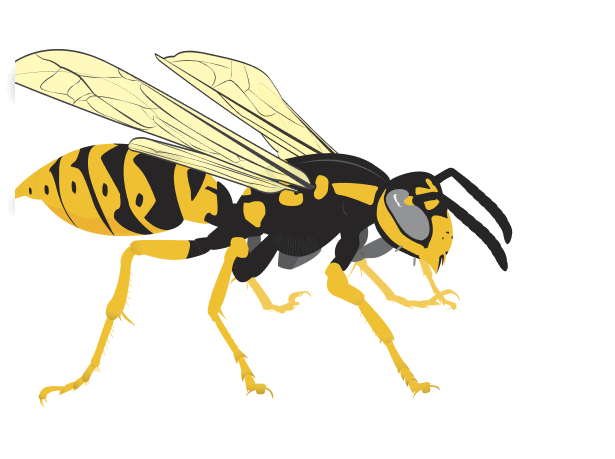
Got Moths?
Moths may be small, but they can cause damage in wardrobes and food storage areas. These larvae feed on natural fibers such as wool, silk, cashmere, and even leather. They also invade dry food like flour, rice, and cereal, laying eggs in packaging.

Got Mosquitoes?
Mosquitoes aren’t just annoying - they bite and can spread serious diseases like dengue, Ross River virus, and Barmah Forest virus. They breed in standing water and multiply quickly, making it tough to enjoy your home or garden without proper protection.

Why Choose Envirosafe?
people safe
pet safe
planet safe
Life Is Better With EnviroSafe
Spending time outdoors is a big part of the Australian lifestyle. Whether you're having a barbeque and entertaining guests, playing with the pets in the backyard, working in the garden or out on the property, life is better without annoying pests.
What our consumers are saying
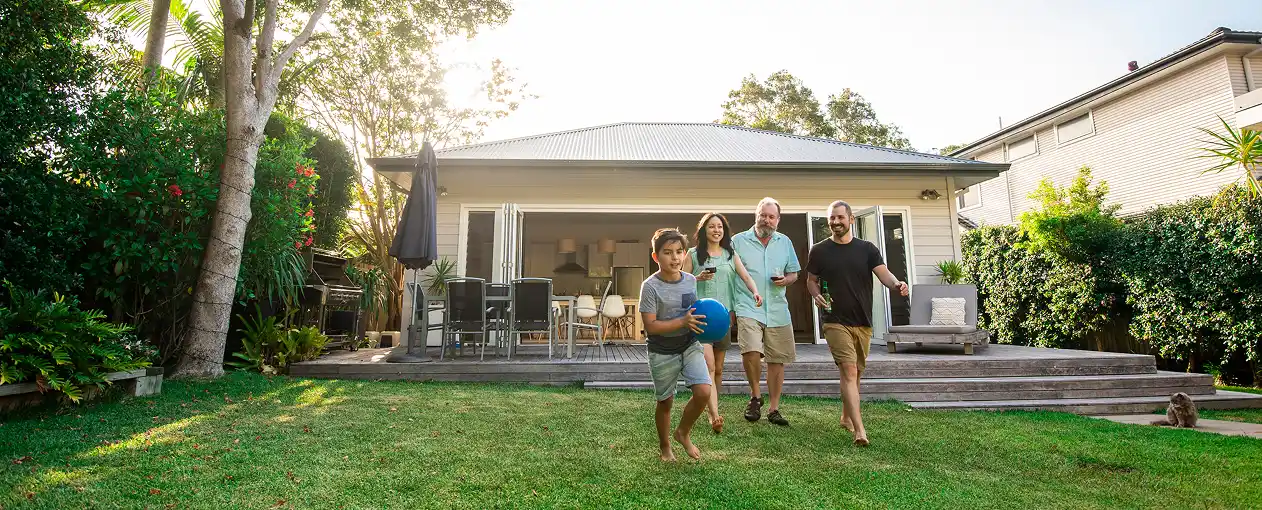
Got questions?
We've got answers.
Find everything you need to know about EnviroSafe products, how they work, and how to get the best results.



